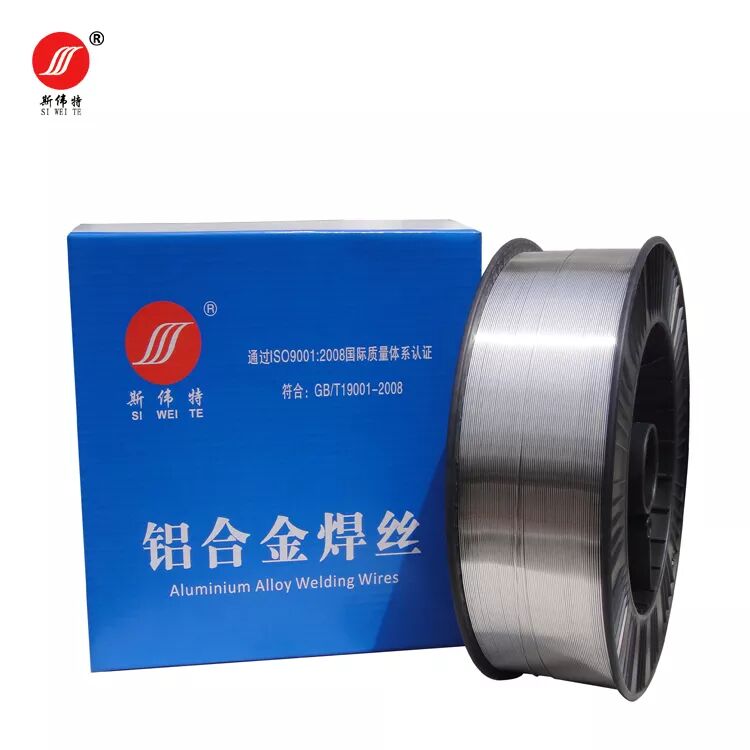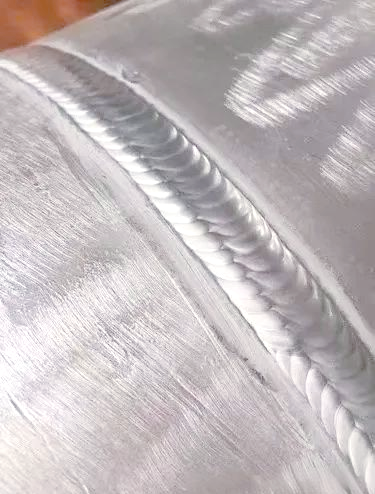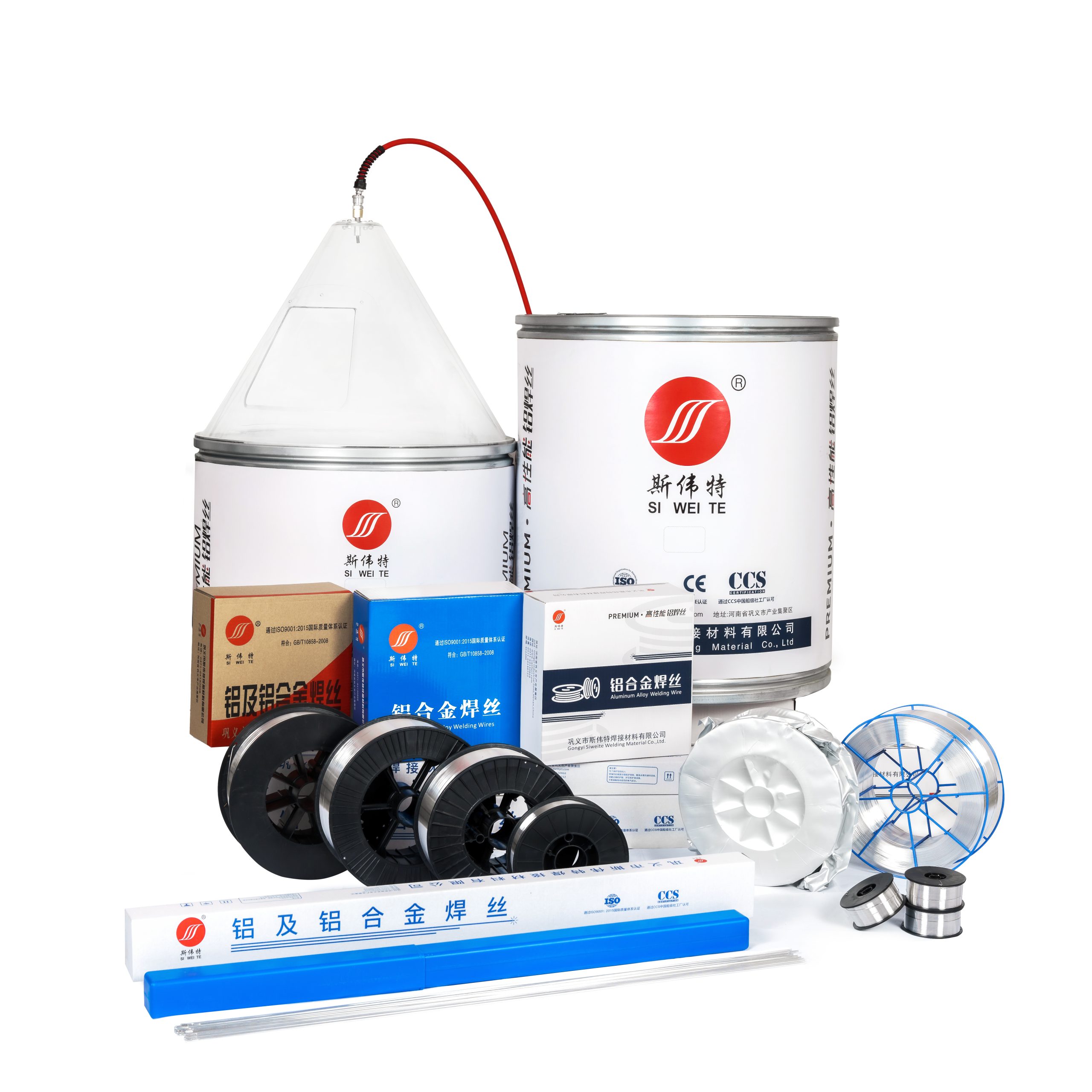Aluminum welding demands precision—yet frequent contact tips wear in aluminum welding often disrupts productivity. Worn contact tips cause wire feeding deflection, TCP (Tool Center Point) misalignment, and costly defects like miswelds or burn-through. As a leading aluminum welding wire manufacturer, we’ve identified the root causes of contact tip wear and actionable solutions to extend their lifespan.
Why Do Contact Tips Wear Out Quickly in Aluminum Welding?
Contact tip replacement frequency isn’t just a cost issue—it’s a quality risk. Below are the 4 key causes of premature wear, tailored to aluminum welding scenarios.
1. Contact Tips Material & Manufacturing Deficiencies
The contact tip itself is the first line of defense. In aluminum welding, continuous wire friction and rising temperatures accelerate wear—especially in robotic welding, where even tiny wear causes calibration errors.
- Material Matters: Brass tips offer the shortest lifespan, followed by copper; chromium-zirconium copper (Cr-Zr-Cu) contact tips stand out as the most durable, with heat resistance and wear resistance 2–3x higher than brass. Some advanced tips add ceramic components to further boost 耐磨性.
- Manufacturing Precision: Poor inner hole finish or concentricity (common in low-quality tips) increases wire friction. Even minor misalignment forces the aluminum wire to scrape the tip’s inner wall, worsening wear.
2. Aluminum Welding Wire Quality & Straightness
Aluminum wire’s properties directly impact contact tip life—dirty, unstraight wire can cut tip lifespan by 60%.
- Wire Cleanliness: Wires with burrs, oil, or oxidation create extra friction. A dirty aluminum wire’s contact tip life is often only 1/3 of a clean wire’s.
- Straightness & Hardness:
- Test straightness: When unconstrained, aluminum wire should not bend automatically within 50mm of the torch nozzle. Overly soft wire bends too early, while overly hard wire scrapes the tip aggressively (the biggest wear culprit).
- Feeding Hose Kinks: Bent feeding hoses force the wire to deform, leading to uneven contact with the tip.
3. Unstable Arc & Backburn
Arc instability in aluminum welding causes the wire’s contact point inside the tip to shift constantly—cutting tip life in half. Common triggers include:
- Poor arc ignition, inconsistent wire feeding, or dirty workpiece surfaces (oil, oxide layer).
- Mismatched welding power source characteristics, subpar wire quality, or flawed contact tip design (e.g., incorrect inner hole diameter for the wire).
4. Wire Diameter & Deposition Rate
Smaller diameter contact tips wear faster in aluminum welding, even at the same current:
- At 300A, 1.2mm and 1.6mm aluminum wires have similar hourly deposition rates. However, the 1.2mm wire’s longer length (twice that of 1.6mm) means it rubs the tip twice as much.
- A 0.2mm wear on a 1.2mm tip equals 16.7% of its diameter (vs. 12.5% for 1.6mm), leading to larger wire deflection and TCP misalignment.
8 Practical Fixes to Reduce Contact Tips Wear
Extending contact tip life doesn’t require expensive equipment—start with these proven practices.
- Choose High-Quality Cr-Zr-Cu Contact Tips: Opt for reputable brands with precise manufacturing (ensure inner hole finish and concentricity meet industry standards).
- Prioritize Straight, Clean Aluminum Welding Wire: Use wires with minimal burrs and stable hardness (our 4043/5356 aluminum wires undergo strict annealing to ensure optimal straightness).
- Tighten Contact Tips with Pliers: Hand-tightening causes loose connections, unstable arcs, and faster wear. Always use pliers for a secure fit.
- Maintain Anti-Spit Stations: Ensure your torch cleaning station works properly and sprays anti-spatter oil—this prevents spatter buildup on the tip, which disrupts wire feeding.
- Optimize Voltage Settings: For MIG aluminum welding, use the formula 14 + 0.04 × current (e.g., 22V for 200A). Higher voltage increases arc heat and tip wear.
- Clean Feeding Hoses Regularly: Remove dust, wire shavings, or oxide from hoses weekly to keep wire feeding smooth.
- Inspect Workpieces Before Welding: Wipe aluminum surfaces with acetone to remove oil or oxide—dirty workpieces cause arc instability and backburn.
- Match Tip Diameter to Wire: Never use a larger/smaller tip for your aluminum wire (e.g., 1.2mm wire needs a 1.2mm tip). Mismatched sizes increase friction and wear.
Conclusion: Extend Tip Life, Improve Aluminum Weld Quality
Frequent aluminum welding contact tips wear is avoidable with the right materials, wire quality, and maintenance. By choosing Cr-Zr-Cu tips, using high-straightness aluminum wire, and optimizing welding parameters, you’ll cut replacement costs and eliminate defects from TCP misalignment.






